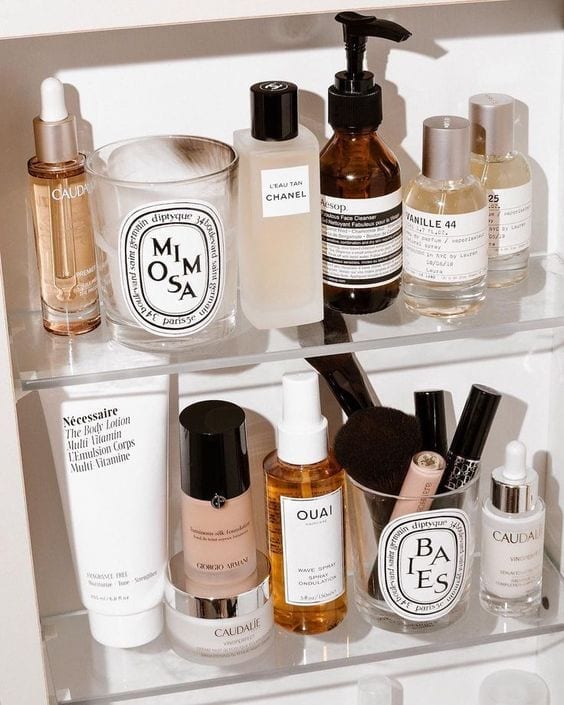An abundance of buzzwords are infiltrating our beauty vernacular on, what seems like, a daily basis. The latest product or newfound ingredient can become a dizzying minefield of cosmetics lingo the average person would need a PHD to comprehend. It’s what’s on the inside that sounds, so the saying goes, but it’s what’s on the outside that helps as we manoeuvre through countless beauty aisles.
Clean beauty is one of those latest beauty buzzword terms. We want our beauty, and we want it safe. But what does it really mean? Many brands have taken it upon themselves to define clean beauty according to their own standards since there’s no legal or official definition.
Clean beauty refers to beauty products that are safe, non-toxic and has transparent labelling of ingredients. Clean beauty is synonymous with non-toxic beauty and can contain both human-made and natural ingredients so long as they are safe. So no clean beauty doesn’t have to be all-natural. Just because a product is coined organic, natural or green doesn’t mean it’s 100% non-toxic.
Consider this your go-to TBB clean beauty dictionary. A guide to commonly used vocabulary and what they mean, so that next time you’re browsing through your favourite brands, you’ll know exactly what’s what.
Before you jump in, it’s important to note that chemical is not a dirty word. Everything in the world is made up of chemicals – air, water, and us!
Clean: In the world of beauty, there is no official definition of the word clean, just like there’s no official definition for organic and natural. It’s up to the brand to define what these terms mean to them. The overarching theme is that clean is safe and non-toxic (You’ll hear this word a lot).
Cruelty-free: Pretty straight forward, the product hasn’t been tested on animals, unless you count humans!
Clinically Tested: This refers to a product which has undergone a scientific study, a clinic test on humans.
Dermatologically Tested: This means the finished product has been tested on human skin. The formula is safe to be applied to the skin and in most cases will not cause a skin reaction.
Certified Organic: This describes an ingredient that is grown without synthetic pesticides, chemicals or fertilisers. When tested, it’s free of any synthetic chemical residue. To display this on the packaging, a brand must have documentation that traces the raw materials and manufacturing process, essentially like farm-to-table, verifying that all ingredients comply with certified organic guidelines. Basically, being certified organic is no easy task.
Natural Ingredients: Natural doesn’t mean the same thing to everyone, which isn’t great for the back of a beauty product. A natural ingredient is one that comes from a natural origin and undergoes approved physical processing, like cold-pressing or chemical processing – naturally. A natural ingredient isn’t certified because the starting materials are not certified organic.
Derived from Nature: Code word for a natural ingredient processed with minimal processing, to remove impurities. Just because something is derived from nature, doesn’t mean it stays that way. If the ingredient is altered with approved minimal processing (no synthetic chemicals), they are deemed “naturally derived.”
Naturally Identical: One of those rare cases where a synthetic ingredient is identical to its natural equivalent. Made in a lab, these ingredients are great for sustainability and are typically lower in impurities than their natural counterparts.
Hypoallergenic: In short, the product is relatively unlikely to cause an allergic reaction.
Plant-Based: Like the term natural, this is also an unregulated term. Simply put, plant-based products are derived from fruits, vegetables and plants. It’s important to check each brand because while a majority of ingredients may be plant-based, this isn’t a strict definition so the formula may contact other animal products or ingredients.
Words: Georgia Rose
Images: Pinterest

